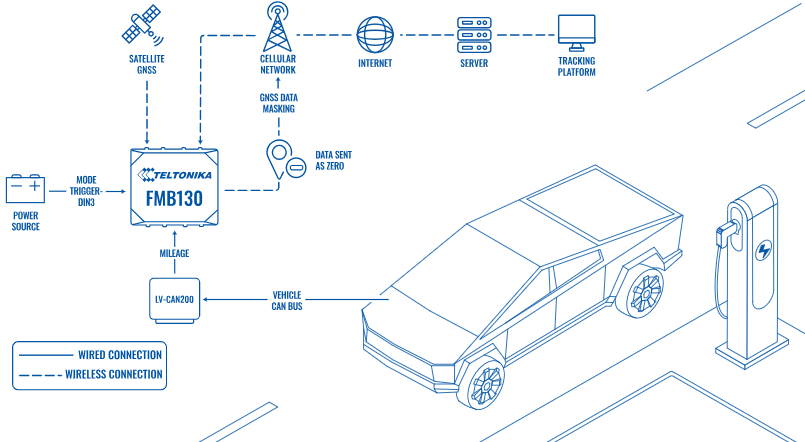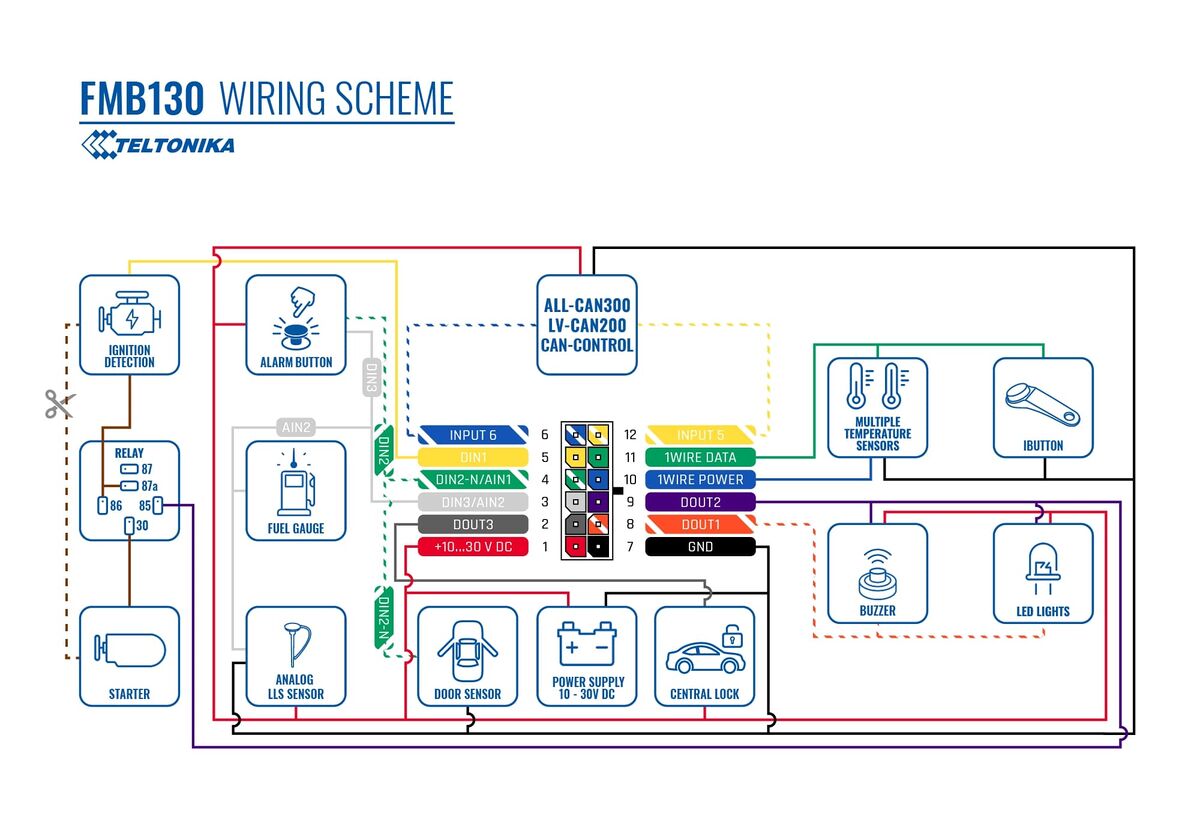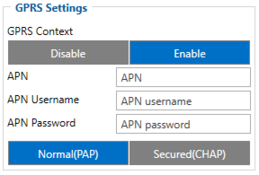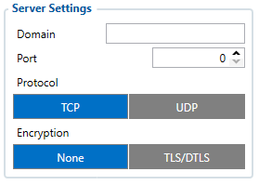Private Driving Mode For Electric Vehicles
Introduction
Electric vehicle popularity is growing pretty promptly over the past decade, with the global stock of electric passenger cars on roads passing over 5 million. Cities, regional and state governments are starting to promote electric cars to curb CO2 emissions by announcing specially designed projects. For instance, earlier this year the Estonian government has issued €5,000 grants to companies or individuals who buy electric vehicles from Estonian Vehicle Dealers and Services Association AMTEL certified dealers.
However, to qualify for this grant, electric car owners in Estonia must cover a minimum of 80,000 kilometers within a four-year period, averaging 16,000 kilometers per year. To monitor compliance, the government has initiated a tender for Telematics Service Providers to install GPS trackers on vehicles, focusing solely on tracking odometer data.
Concerns about privacy may arise as tracking devices are seen by some as intrusive. To address this, the Estonian government mandates that only electric car odometer data is tracked, while other parameters and GNSS data remain masked and undisclosed. The question is, how can Telematics Service Providers comply and make it work in situations like these?
Solution description
To deal with such requirements, here at Teltonika Telematics we have developed a pretty smart solution in our GPS devices firmware called Private/Business Driving Mode. At its core, this canny and helpful feature makes it possible to mask vehicle GNSS data. We have implemented this feature as the Teltonika special firmware option, version 03.25.05.Rev.132 or above.
What do you need for a solution?
Installation
When installing FMB130 in a vehicle, follow the mounting recommendations. When connecting to the CAN bus, you must use the diagrams provided by our technical support engineers. The diagrams indicate in detail and clearly the connection points in the vehicle wiring and the required program number.
Configuration
1. Prerequisites:
1.1. Read through First start guide
2. Configuring Private Driving Mode For Electric Vehicles Scenario
- Configure the APN in GPRS settings.
- 2001 – APN
- 2002 – APN username (No APN username > leave the field blank)
- 2003 – APN password (No APN password > leave the field blank)
- Configure the server in GPRS settings.
- 2004 – Domain
- 2005 – Port
- 2006 – Data sending protocol (0 – TCP, 1 – UDP)
- Select priority in Trip \ Odometer - Private/Business mode settings.
- Parameter ID: 11850 – Priority settings (0 – Disable, 1 – Low priority, 2 - High priority, 3 - Panic priority)
- Once you select Low/High/Panic priority, additional settings in the configurator will appear.
- Choose DIN3 as a trigger to change trip mode in Trip \ Odometer - Private/Business mode settings.
- Parameter ID: 11811 – (1 – DIN1, 2 – DIN2, 4 – DIN3)
- Note: DIN3 needs to be connected to a power source for the solution to work permanently.
- Choose Button as the DIN mode activator in Trip \ Odometer - Private/Business mode settings.
- Parameter ID: 11851 – (0 – Button, 1 – Switch)
- Mask GPS data by selecting Data sent as Zero in Trip \ Odometer - Private/Business mode settings.
- Parameter ID: 11813 - (0 – Normal, 1 – Data sent as Zero, 2 – Last good known position)
- Enable the distance traveled in private mode to be included in the total odometer IO element in Trip \ Odometer - Private/Business mode settings.
- Parameter ID: 11815 – (0 – Disable, 1 – Enable)
With this configuration, the Private Driving Mode is being turned ON permanently utilising GPS device digital input DIN3 connected to a power source. That is to say, parameters ‘Triggers’ – ‘DIN3’ and ‘DIN Mode’ – ‘Button’ are selected. As required by the project, the ‘Odometer calculation’ setting option is ‘Enabled’, so it is up and running tracking electric car mileage.
In ‘GPS Data Masking’ section, the setting ‘Data sent as Zero’ has been activated. It means the GPS tracker sends GPS data as ‘0’ to a server with the following I/O elements: latitude, longitude, altitude, number of satellites, ‘GSM Cell ID’ and ‘GSM Area Code’ parameters.
As a result, we have met all the project requirements with our GPS tracker Teltonika FMB130 model and firmware settings in no time and without any hassle.
Benefits
- Easy to configure and use Teltonika GPS tracker Private Driving Mode functionality - thanks to well-developed and rigorously tested special firmware, it can be set up with minimum efforts to comply with various projects and their requirements.
- Opens the newly emerging markets and business opportunities - it allows to utilise and profit on the fast-rising electric vehicle popularity and relevant regional and/or state government projects.
- Promotes alternative energy technology and lessens the greenhouse effect - the Private Driving Mode contributes to tackling the Earth’s atmosphere warming and reducing the carbon dioxide emission problem.
- Versatile, multipurpose and valuable functionality for many company and organisation fleets - when used right, it may boost drivers’ discipline, encourage desirable vehicle usage habits, and/or keep companies compliant to local tax laws and regulations, including EU General Data Protection Regulations. All fleet drivers kept accountable, no vehicle misuse or guesswork anymore.







